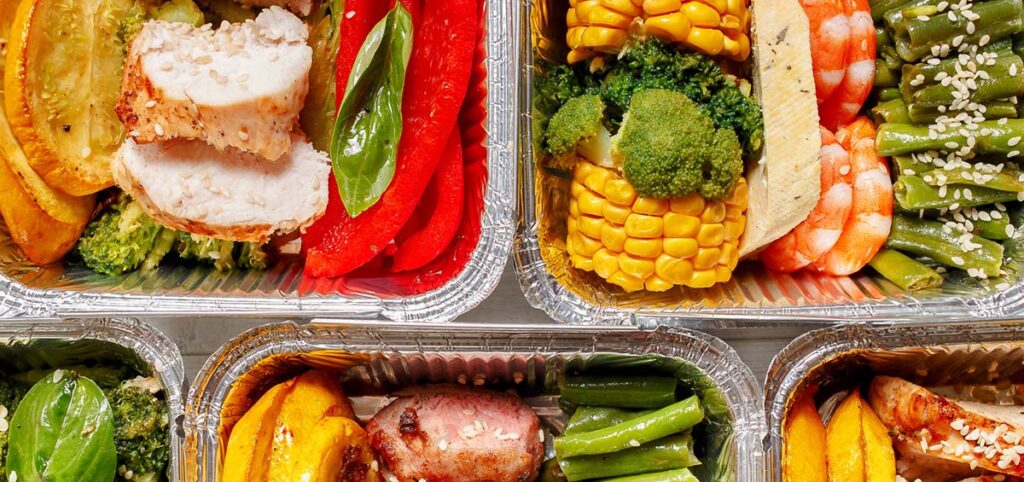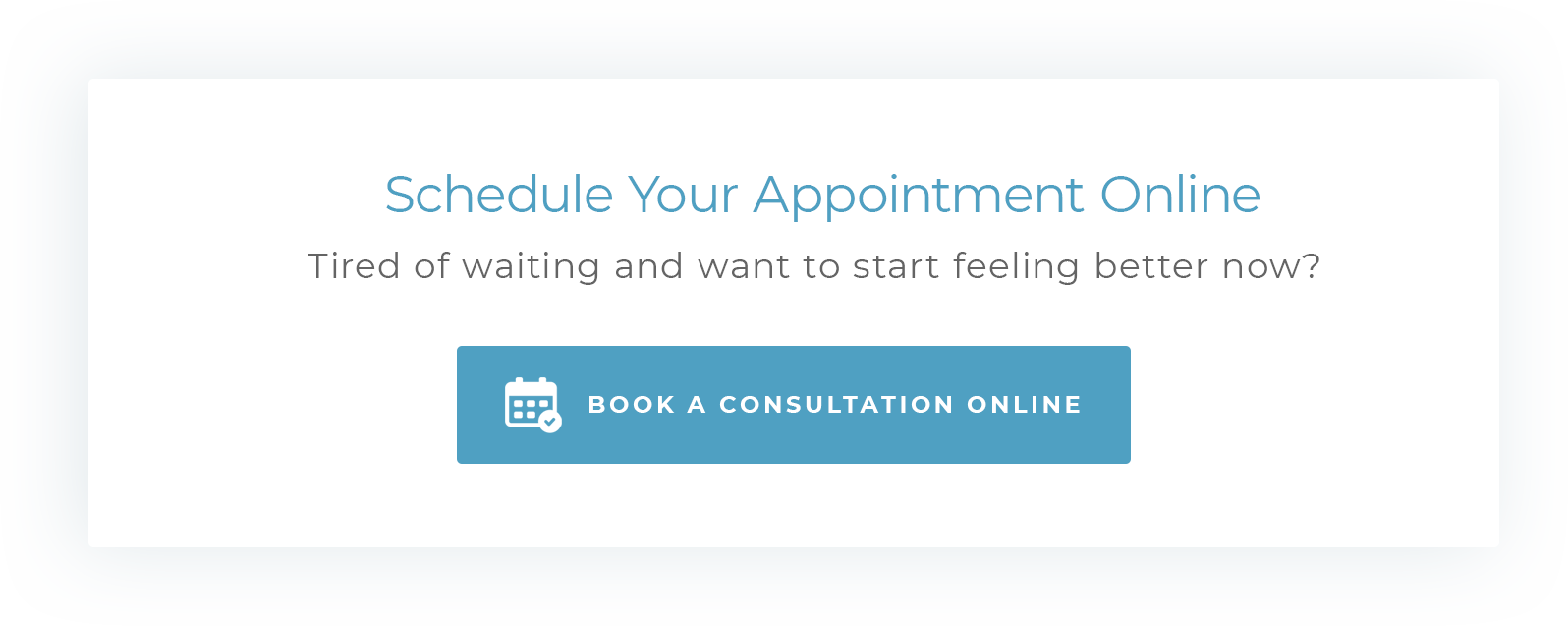While weight loss is a common goal for many people, it’s even more important to maintain a healthy diet. Eating healthy foods for weight loss is critical to your success. But it can be very challenging to stick to a diet when you have little time for healthy meals. Meal prep can help!
If you’re thinking about losing weight, check out these weight loss meal prep ideas to get a head start on your weight loss goals.
1. Plan Ahead
The key to meal prep is to plan, and this includes many things.
First, you’ll want to decide what you’re going to eat. Many meal plans include protein, vegetables, and possibly starch, but you can cater your meals to your preference or diet plan.
You’ll also want to decide how many meals you want to prep. Is it easier for you to make breakfast and dinner, or just lunch? Do you enjoy smoothies in the morning and want to prep for them as well?
Knowing how many meals to make will simplify things for you. To simplify things, even more, decide which day you’re going to prepare your meals. Setting aside time for meal prep in one or two days can help you during the week to open up sometime.
2. Shop Sales
Shopping for your meals takes time and sometimes it can be costly. Whole foods are not always budget-friendly, but if you plan your meals around the foods that are on sale, you can keep some money in your wallet!
Every week, scope out the healthiest foods that are on sale and plan your meals according to those foods. As you get better at meal planning, you’ll become more familiar with recipes and you can easily choose foods and cook them quickly. But don’t shop when you’re hungry, because you may have a tendency to overbuy or buy things you don’t need or won’t use in your meal plan.
3. Use Containers
Containers are a must-have for meal prepping. Without the proper containers, you just have a lot of food in your fridge and distribute it!
Meal containers are necessary for having a successful meal prep because you put the meals together and pull them out when you’re ready to eat. This saves you tons of time because you don’t need to assemble any meals – you’ve already done it.
Any kind of container will do, but many people choose glass containers because they last a long time. Containers that are divided are perfect for creating just the right portions. If you’re eating at home, salads in jars are a popular choice because you can dump the entire salad into a bowl and eat.
4. Don’t Over-Prep
Since you’re using whole nutritious foods in your meal prep, remember that they go bad more quickly than prepackaged food. Because of this, your food will go bad sooner and even lose some of its nutritional value.
Try to prep for 5 days out, but no longer. You run the risk of your food spoiling.
5. Food Safety
It’s very important to pay attention to food safety when you’re cooking. Food poisoning can be rapid when you don’t cook food thoroughly, and pay attention to temperatures.
Divided containers are important to avoid cross-contamination. You should also cool food before you put it in the fridge within two hours of cooking to discourage bacteria growth. If you’re freezing food, make sure it’s completely thawed before you eat, and consume within 24 hours.
Don’t forget to label and date your food, so you know what it is, and when you should throw it out. Doing so will help cut down on waste and cost overall.
6. Find Recipes That Work
One of the fun things with meal prepping is getting to cook meals that you love. Sometimes when you’re first starting your meal prep, you may become overwhelmed by how many recipes there are. That’s ok—just find the ones that you love and work well for you and stick to those.
Once you feel more comfortable and have an established routine for meal prepping, you can begin more complicated recipes or branch out to new ones you want to try. Doing too much at once will leave you overwhelmed and frustrated with the process. Keep it simple at first and go from there.
When you find a recipe you do love, be sure to write it down or keep it electronically. This makes it easy to refer to it later on when you want to cook.
7. Get Organized
Is your pantry disheveled and disorganized? If so, before you begin meal prepping you’ll want to take a hard look at your pantry and refrigerator and throw out used or expired food that you no longer need. Doing so will help you determine what you have and what you need–and free up more room in your fridge for fresh groceries.
Making sure that you’re as organized as possible by having all the ingredients needed for prepping will cut down on time. It will also save you trips to the grocery store and money because you’ll know exactly what you have in your pantry.
Make sure you have these staples consistently stocked to ensure a smooth meal prep session:
- Rice
- Oils
- Beans
- Baking ingredients
- Other canned goods and vegetables
- Variety of spices
These non-perishables are easy to pull from the pantry and are typically used in a wide variety of recipes.
Weight Loss Meal Prep Ideas
These weight loss meal prep ideas are helpful for anyone—those starting on a meal plan and those who’ve been pursuing meal prepping for any length of time. Meal planning is essential for those who desire to lose weight. Don’t have time to prep? Keep some simple no-prep recipes in your back pocket for quick and delicious meals.
If you’re considering weight loss, meal prep is a great start, but it’s only the beginning of your journey. To lose weight and keep it off, you need more than just a meal plan—you need support and guidance, and we’re here to help. Contact us today to schedule a consultation and begin your weight loss journey.




